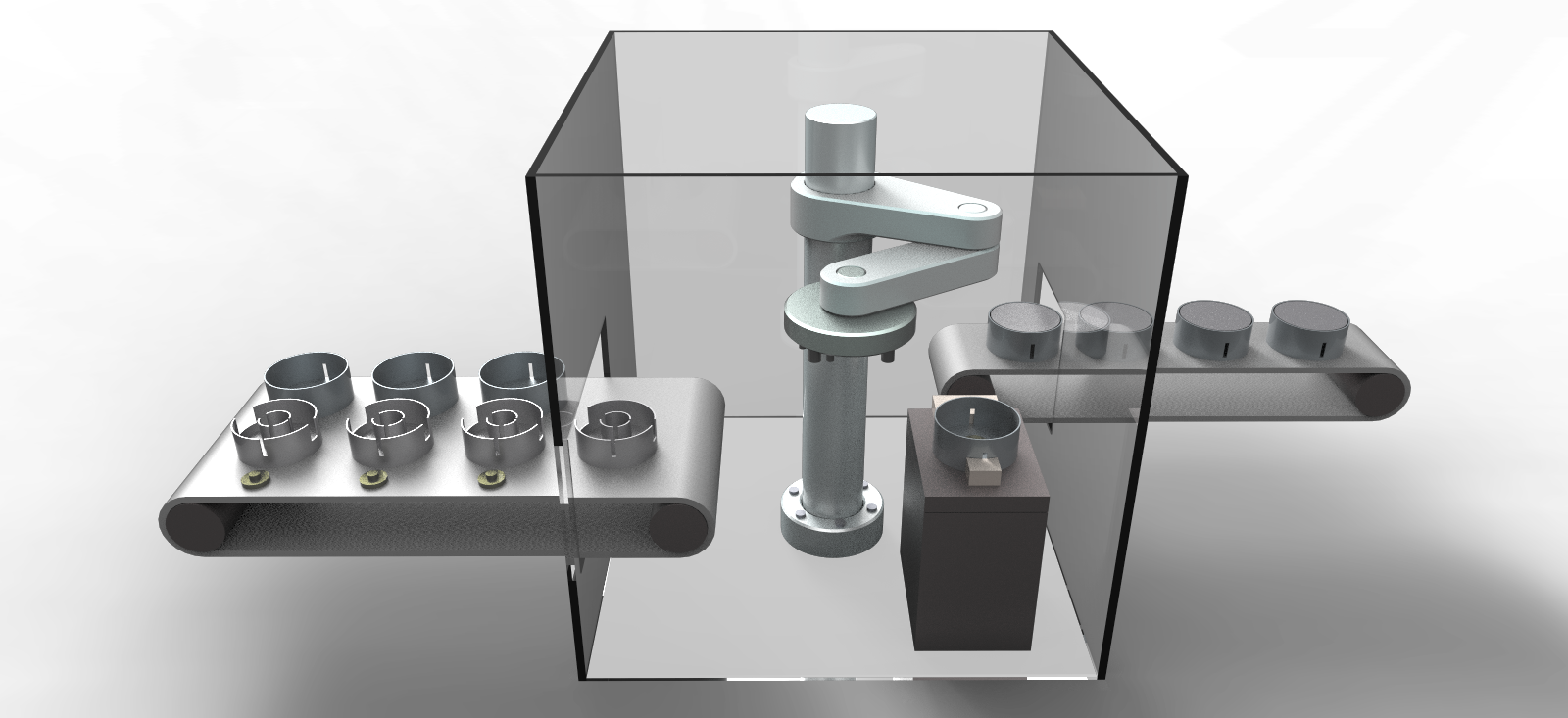Stafford Beer did pioneering work in applying cybernetic principles to the management of firms. Fredmund Malik translated that principles into German management theory.
See Paul Virilio, “ The Museum of Accidents, ” trans. Chris Turner, International Journal of Baudrillard Studies 3, no. 2 (2006), ➝.
See Illah Reza Nourbakhsh, Robot Futures, (Cambridge: MIT Press, 2013), 76)
This argument is formally akin to what AI scholars refer to as a “hard takeoff” of the singularity with artificial intelligence, debate around which has recently been enflamed by the wide-scale implementation and public deployment of deep learning software.
Frithjof Bergmann has included high-tech self supply in his concept of “New Work” to overcome the current labor system.
Compare Silke Helfrich “Das »Betriebssystem« der der Commons“ in: Helfrich, Silke, Heinrich-Böll-Stiftung (eds.) “Commons. Für eine neue Politik jenseits von Markt und Staat”, 66-68.
Translated from German by John Richardson.
Artificial Labor is collaborative project between e-flux Architecture and MAK Wien within the context of the VIENNA BIENNALE 2017.
